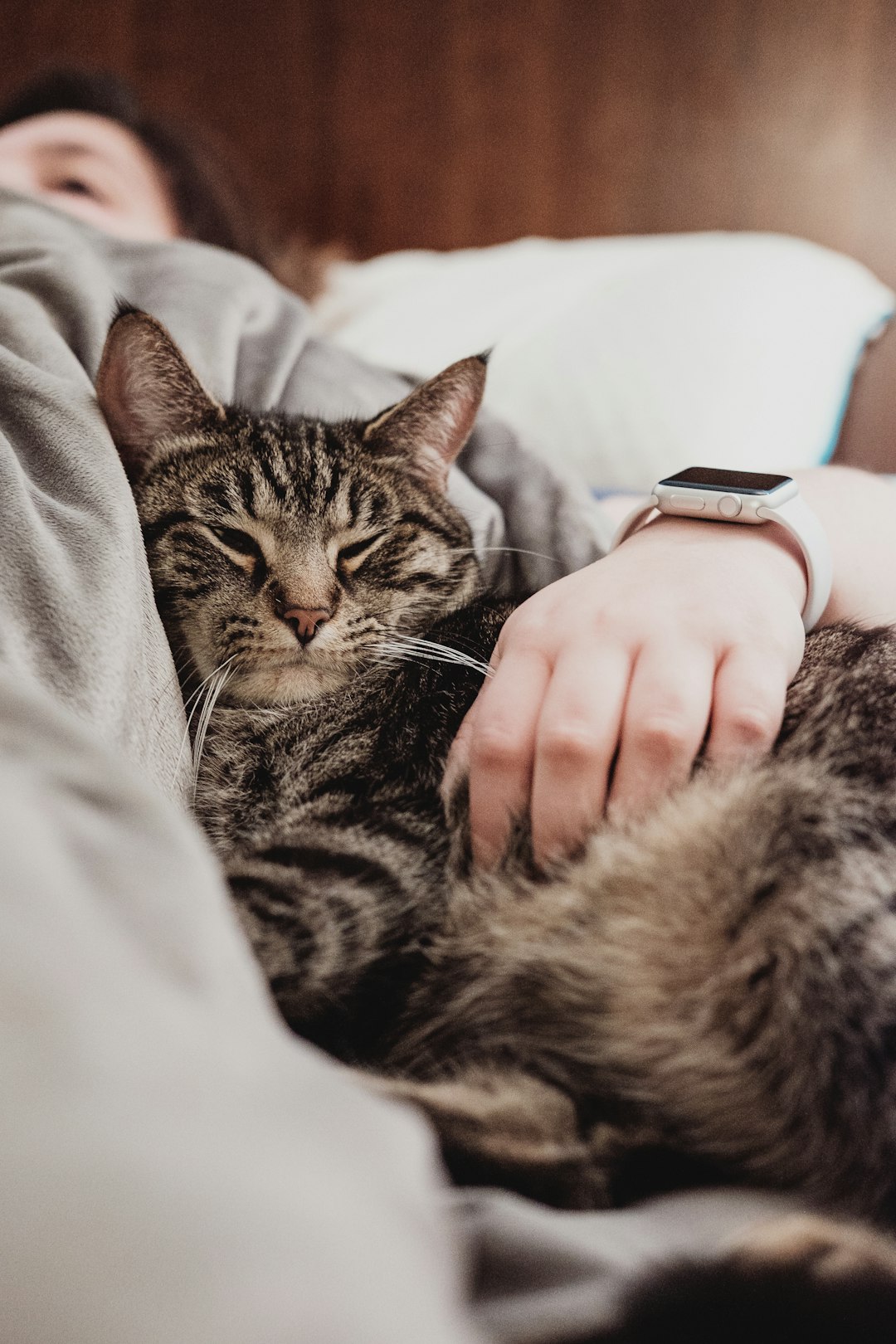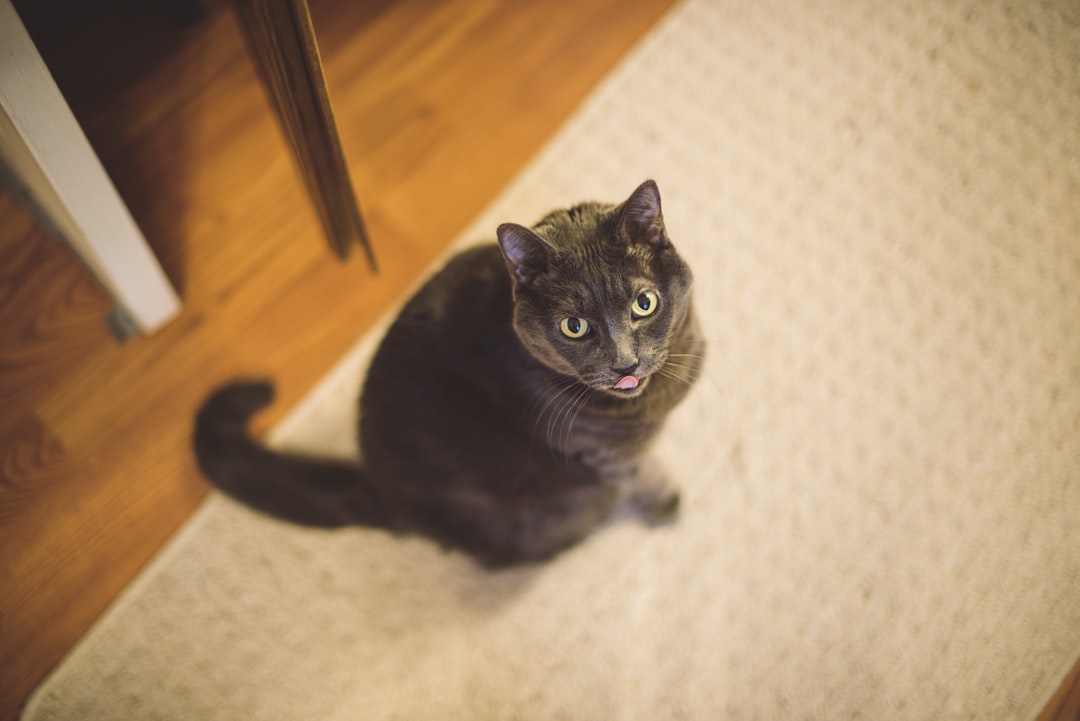When it comes to the dietary needs of your feline friend, understanding the relationship between cats and shrimp is essential. Many cat owners wonder if this popular seafood can safely be included in their pet’s diet. While shrimp offers certain nutritional benefits, it’s crucial to consider both the advantages and potential risks involved in feeding this treat to your cat. By exploring safe seafood options and proper preparation methods, you can ensure your cat enjoys seafood in a healthy way.
Understanding Cats and Seafood
When it comes to feeding cats and shrimp, understanding their dietary needs is crucial. Cats are obligate carnivores, meaning their diet predominantly consists of meat. Seafood can be a tempting addition, but it’s essential to educate yourself about the various types available.
Natural Instincts: Cats often enjoy the texture and flavor of seafood. Their keen sense of smell may lead them to investigate shrimp and fish more than other foods.
Types of Seafood: Not all seafood is created equal. Popular options include:
- Shrimp
- Salmon
- Tuna
- Sardines
Nutritional Considerations: While seafood like shrimp offers protein and essential omega-3 fatty acids, it should complement a balanced diet.
Before introducing any seafood to your cat’s diet, it’s vital to consider individual dietary restrictions and consult a vet, ensuring that your furry friend can safely enjoy the flavors of cats and shrimp!
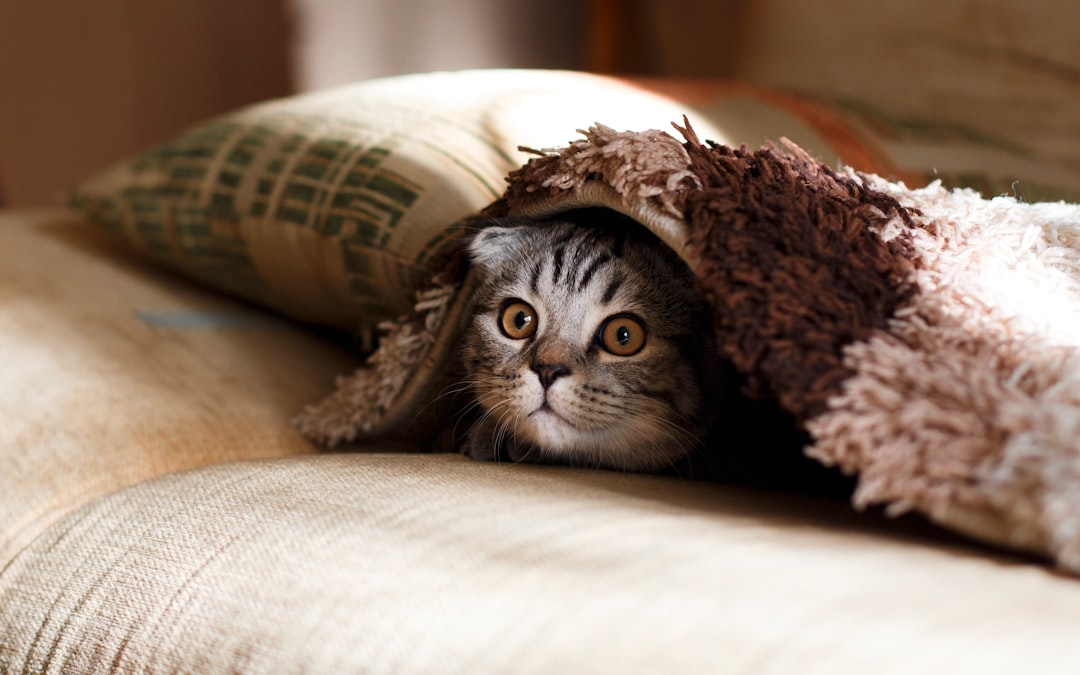
Is Shrimp Safe for Cats to Eat?
When considering feeding cats and shrimp, it’s important to assess the safety of this seafood choice. In general, shrimp is safe for cats to consume, but there are some crucial points to keep in mind:
- Cooked Only: Always serve cooked shrimp. Raw shrimp may harbor harmful bacteria, leading to health issues for your feline friend.
- Moderation is Key: Treat shrimp as an occasional snack rather than a staple. Overindulgence can lead to gastrointestinal upset.
- Watch for Allergies: Some cats may develop an allergy to shrimp. Observe your cat for any unusual reactions after consumption.
Comparison of Shrimp Prep Methods
| Preparation Method | Safety for Cats | Recommendations |
|---|---|---|
| Raw | Unsafe | Avoid entirely |
| Boiled | Safe | Remove shells, serve cool |
| Grilled | Mostly Safe | Ensure no spices or salt |
In conclusion, when you feed your cat shrimp, opt for properly cooked pieces in moderation. This way, you can delight in the joyful experience of sharing seafood while keeping your furry buddy healthy and happy. Remember to watch for any signs of discomfort after introducing cats and shrimp into their diet!
Nutritional Benefits of Shrimp for Cats
Feeding your cat shrimp in moderation can bring several nutritional benefits. Here’s what you need to know about the advantages of cats and shrimp:
High-Quality Protein: Shrimp is an excellent source of protein—essential for your cat’s growth and muscle maintenance.
Low in Calories: Despite being high in protein, shrimp is low in calories, making it a great treat for cats that need to maintain or lose weight.
Rich in Omega-3 Fatty Acids: These healthy fats support a shiny coat and skin health in cats.
Vitamins and Minerals: Shrimp provides:
- Vitamin B12: Vital for energy metabolism.
- Iron: Important for red blood cell production.
- Zinc: Supports the immune system.
However, while shrimp can be a delightful addition to your cat’s diet, always ensure your cat enjoys them cooked and unseasoned to maximize these benefits. Keep in mind that the portion size should remain small to prevent digestive issues. Enjoy treating your feline friend to the occasional shrimp delight responsibly!
Potential Risks of Feeding Shrimp to Cats
While many cats enjoy the taste of seafood, including cats and shrimp, it’s essential to be aware of potential risks associated with feeding shrimp to your feline friend. Here are some key considerations:
Allergic Reactions: Some cats may develop allergies to shrimp, leading to symptoms such as itching, vomiting, or diarrhea. Always monitor your cat after introducing shrimp into their diet.
Digestive Issues: Feeding cats too much shrimp can result in upset stomachs or diarrhea. Moderation is critical—limit shrimp to an occasional treat rather than a regular meal.
High Sodium Content: Processed shrimp often contains high levels of sodium, which can be harmful to cats. Always choose fresh, unseasoned shrimp and cook it without added salt or spices.
Shells and Chitin: Shrimp shells are not digestible for cats and can pose a choking hazard. Ensure you remove any shells before serving.
Toxins: Some shrimp may carry harmful toxins due to pollution in their habitat. It’s vital to source shrimp from reputable suppliers.
By keeping these risks in mind, you can safely enjoy feeding your cat tasty treats like cats and shrimp while ensuring their health and well-being.
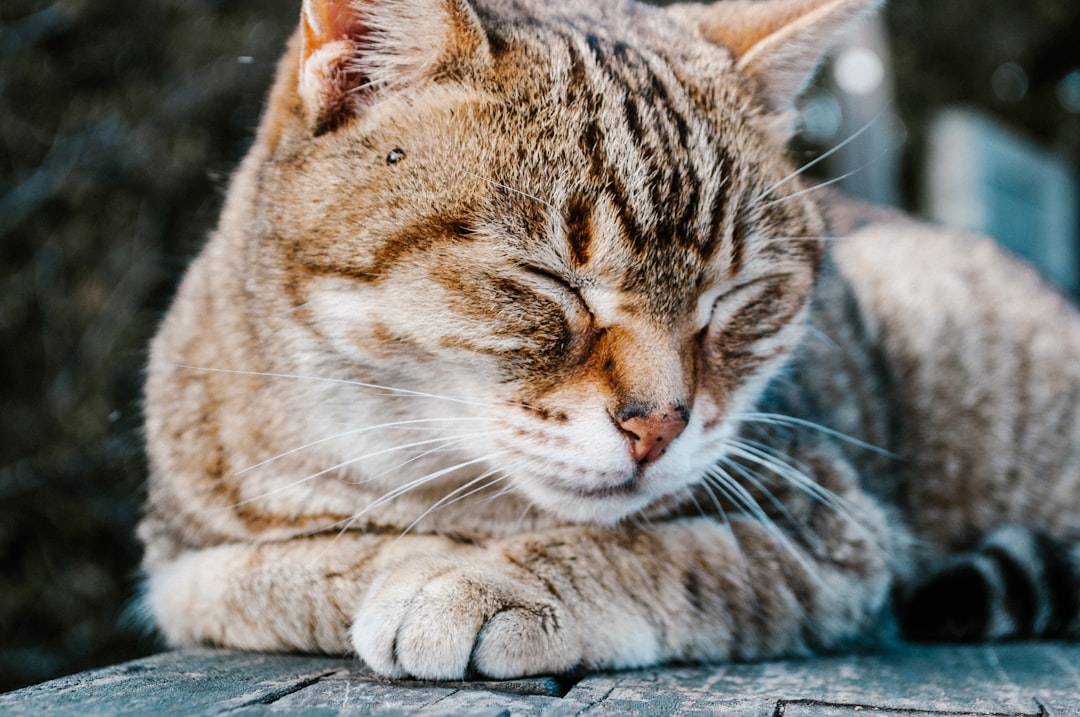
How to Prepare Shrimp for Cats
Preparing shrimp for your feline friend involves a few simple steps to ensure its safety and palatability. Follow these guidelines to make shrimp a tasty treat for your cat:
Choose Fresh Shrimp: Opt for fresh, high-quality shrimp. Avoid shrimp that is heavily seasoned or processed, as these can contain harmful additives.
Cook Thoroughly:
- Cooking shrimp eliminates harmful bacteria and parasites.
- Boil or steam shrimp without any spices or oil for the best results.
Remove Shell and Tail:
- Always peel the shrimp and remove the tail.
- Cats have difficulty digesting the shell, which can pose a choking hazard.
Cut into Small Pieces:
- Slice the shrimp into bite-sized pieces for easy consumption.
- Ensure your cat can enjoy the treat without struggling.
Serve in Moderation:
- Treat shrimp as an occasional reward rather than a regular part of their diet.
- Remember, cats and shrimp should complement their balanced nutrition.
By preparing shrimp correctly, you can safely introduce this delightful seafood into your cat’s diet.
Other Safe Seafood Options for Your Cat
When considering cats and shrimp, it’s vital to explore other seafood options that can benefit your feline friend. Several types of seafood can be both delicious and nutritious for cats, offering variety in their diet. Here are some safe alternatives to shrimp:
Salmon: Rich in omega-3 fatty acids, salmon supports healthy skin and a shiny coat. Ensure it’s cooked and deboned.
Tuna: Packed with protein, tuna can be a tasty treat for your cat. Opt for canned tuna in water, not oil or brine.
Mackerel: Another omega-3 rich fish, mackerel provides essential nutrients. Offer it cooked and without bones.
Sardines: These small fish are high in protein and low in mercury. Serve them cooked and packed in water.
Comparison Table of Seafood Options for Cats:
| Seafood | Nutritional Benefits | Preparation Method |
|---|---|---|
| Shrimp | Low in calories, high in protein | Cooked, shelled |
| Salmon | Omega-3 fatty acids | Cooked, boned |
| Tuna | High in protein | Canned in water |
| Mackerel | Omega-3, vitamin D | Cooked, deboned |
| Sardines | Protein, low mercury | Cooked, in water |
In summary, when it comes to cats and shrimp, explore these safe seafood options as appealing additions to your cat’s diet! Always remember to introduce any new food gradually and monitor for allergies or intolerances.
Signs of Food Allergies in Cats
When introducing new foods like cats and shrimp, it’s crucial to monitor for any signs of food allergies. While shrimp can be a delicious treat, some cats may react negatively. Be vigilant for the following symptoms:
- Skin Issues: Look for excessive itching, redness, or rashes on your cat’s skin.
- Gastrointestinal Distress: Symptoms such as vomiting, diarrhea, or gas may indicate an allergic reaction.
- Behavioral Changes: Increased irritability or lethargy can also signal discomfort.
- Ear Infections: Frequent scratching of the ears or a foul odor may suggest underlying allergies.
If your cat exhibits any of these symptoms after consuming shrimp, discontinue feeding them cats and shrimp immediately. Consulting with a veterinarian will help you determine whether it’s indeed a food allergy or something else entirely.
To avoid potential allergies, consider introducing new foods slowly and in small amounts. This careful approach ensures you can monitor your cat’s reactions effectively, ultimately keeping your feline friend safe and healthy!
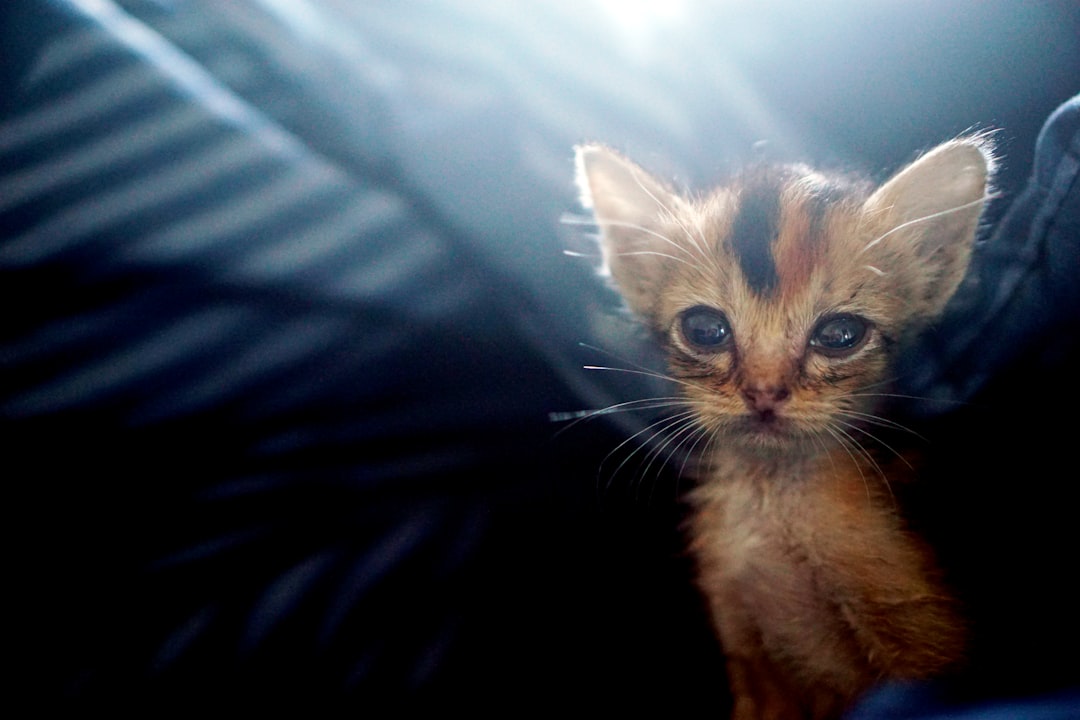
Conclusion: Best Practices for Feeding Seafood to Cats
When it comes to feeding cats and shrimp, or any seafood, there are several best practices to ensure a safe and healthy experience for your feline friend. To keep your cat happy and healthy, follow these guidelines:
- Moderation is Key: Only offer seafood as an occasional treat, not a staple in their diet. Aim for small portions.
- Choose Safe Options: Apart from shrimp, consider other seafood like salmon or tuna. However, ensure they are safe and properly prepared.
- Cook Thoroughly: Always cook seafood thoroughly to eliminate harmful bacteria and parasites. Avoid seasoning, as many spices can harm cats.
- Watch for Allergies: Introduce new seafood slowly and observe your cat for any adverse reactions. Signs include vomiting, diarrhea, or skin irritation.
- Consult Your Vet: If you’re unsure about adding shrimp or other seafood to your cat’s diet, consult your veterinarian for tailored advice.
By following these practices, you can safely incorporate cats and shrimp into your pet’s diet while minimizing potential risks. A well-thought-out approach ensures a delightful and nutritious addition to their meals!
Frequently Asked Questions
Can cats eat shrimp safely?
Yes, cats can eat shrimp safely, but it should be offered in moderation. Shrimp is a source of protein and contains essential amino acids that can be beneficial for your cat’s health. However, ensure that the shrimp is cooked and devoid of seasonings, as spices and additives can be harmful to felines. Always introduce new foods slowly to monitor for any adverse reactions.
What are the nutritional benefits of feeding cats shrimp?
Shrimp provides several nutritional benefits for cats. It is rich in high-quality protein, which supports muscle development and maintenance. Additionally, shrimp contains omega-3 fatty acids that promote healthy skin and coat, and various vitamins and minerals that enhance overall wellness. However, keep in mind that shrimp should complement a balanced diet and not replace primary cat foods.
How should shrimp be prepared for my cat?
When preparing shrimp for your cat, it should be cooked thoroughly without any added ingredients such as salt, garlic, or butter. Boiling or steaming shrimp until it turns pink is an ideal method. After cooking, allow it to cool, then cut it into small, manageable pieces to avoid choking hazards. Only feed small portions to your cat occasionally, rather than as a regular meal.
Are there any risks associated with feeding shrimp to cats?
While shrimp can be a safe treat for many cats, several risks are associated with feeding shrimp. Cats can have allergies to seafood, and not all cats may tolerate shrimp well. Additionally, shrimp can be high in cholesterol, so overfeeding can lead to health issues, especially in cats with pre-existing conditions. Always consult your veterinarian before introducing new foods to your cat’s diet to ensure they are a suitable choice.

